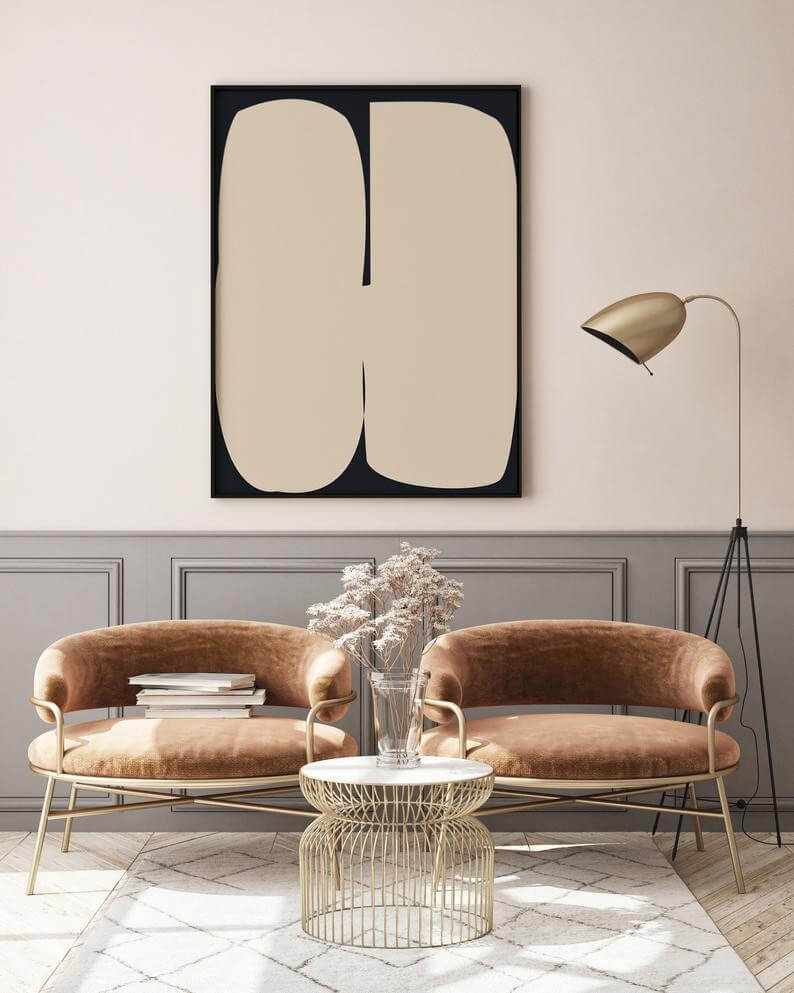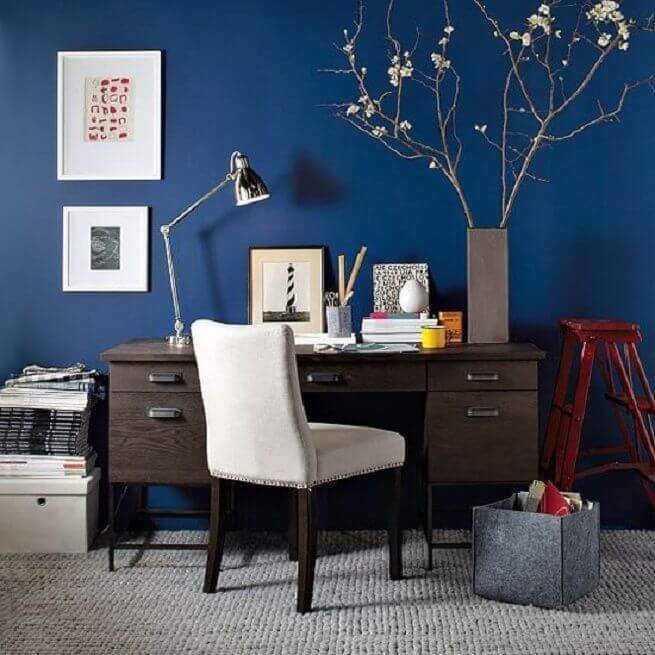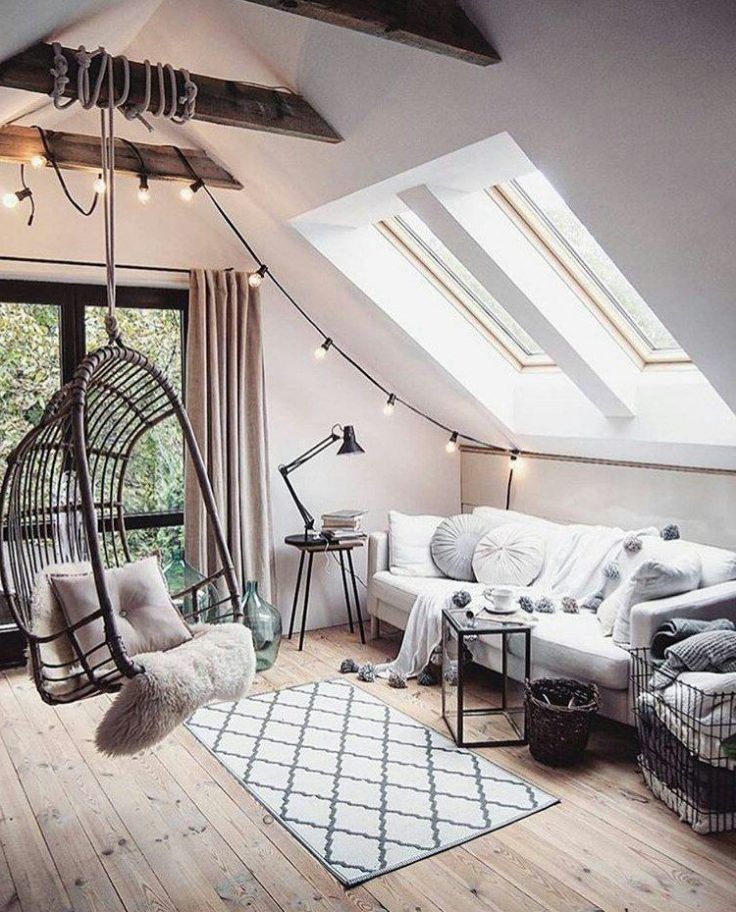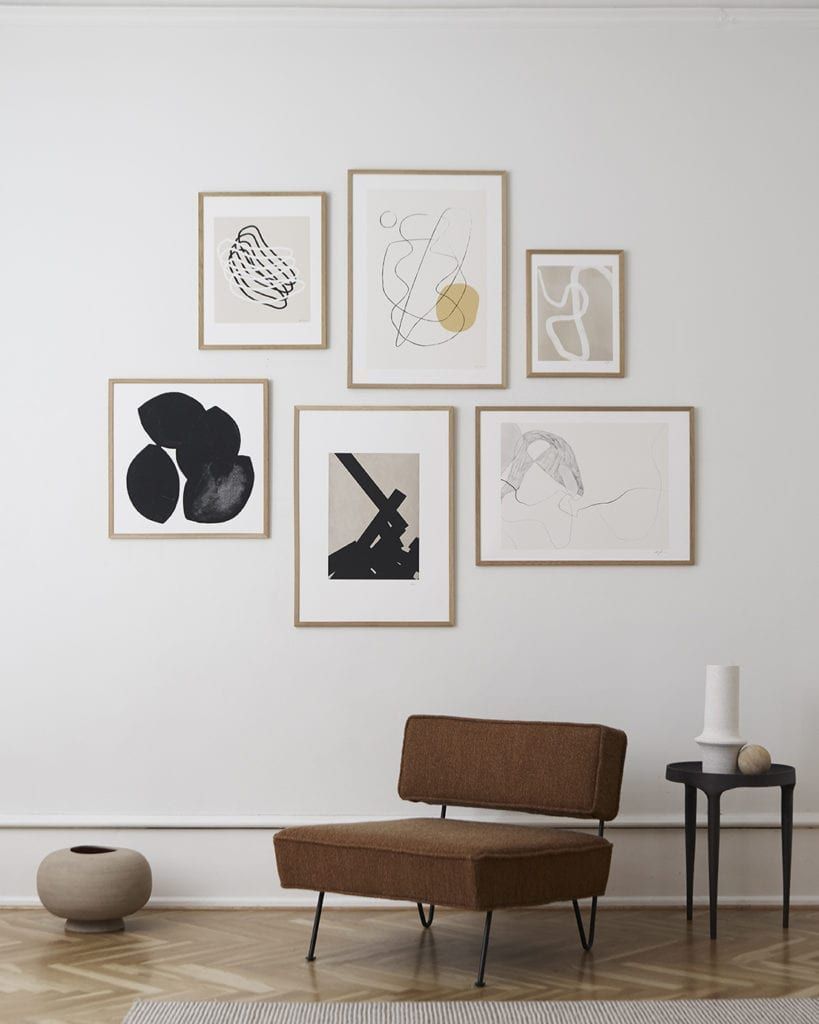A few years ago, finding spaces based on the Scandinavian decor was very common. It was time for minimalism to make its presence felt in these places a while later. Now, it seems that most decor lovers are tired of these two concepts and, from there, are fearlessly betting on this Japandi. Have they ever heard of it?
For many, the novelty consists of a mix of the two styles. And not only that: the wonder brings an oriental touch, which guarantees even more charm and personality to any space. This is a great way to decorate apartments and homes, especially if you plan to modify the composition and make it more welcoming.
So, it’s time to “get your pointers dirty” and make your home even better. This post explains everything about Japandi, its features, and some exclusive tips to apply this trend. Just come!
Japandi Style: What you require to know before joining
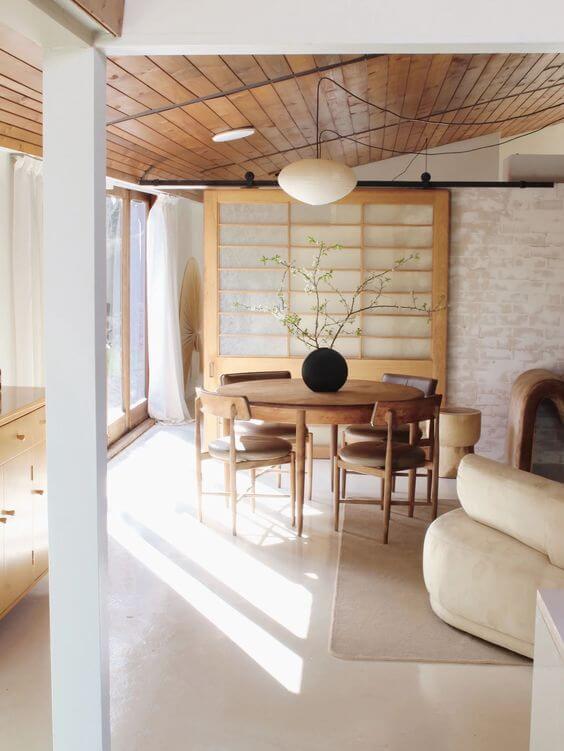
To embrace Japandi, it is necessary to know him in depth. So, here we go: basically, this new concept is an association of two well-known styles in the decor universe: minimalist and Scandinavian.
The Nordic composition is guided by simplicity, in addition to a hint of welcoming. The Japanese appreciate minimalism, which has its origins in the Wabi-Sadi aesthetic, and values the Zen atmosphere to the fullest.
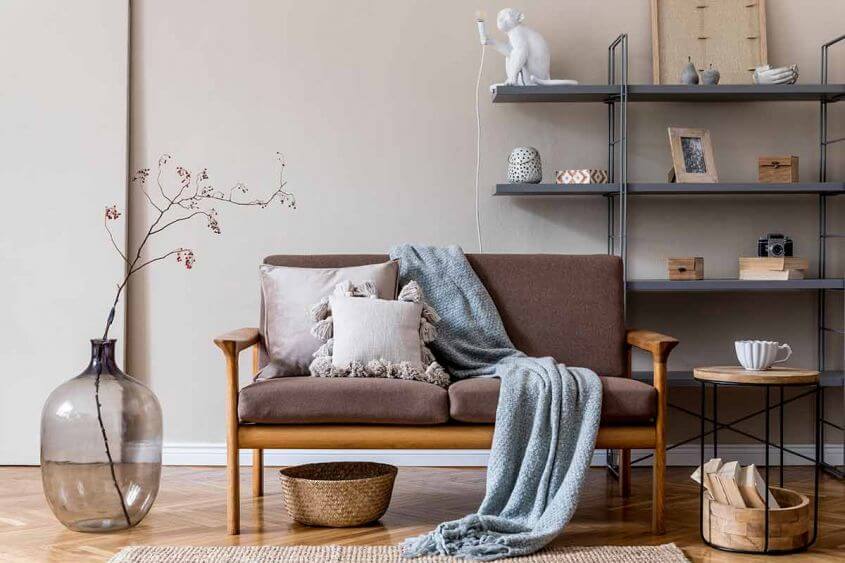
Now, imagine unifying the two ideas? It was from this experiment that Japandi was born. In this concept, the proposal is to escape excesses, whether in decorative items, number of furniture, or coverings. She still seeks functionality in the rooms and focuses on comfort, creating cozy environments that promote well-being.
Also known as “Scandinavian” or “Japanordic,” the proposal emerged around 2018, and, in recent times, it is making its presence felt in residential spaces.
Other features
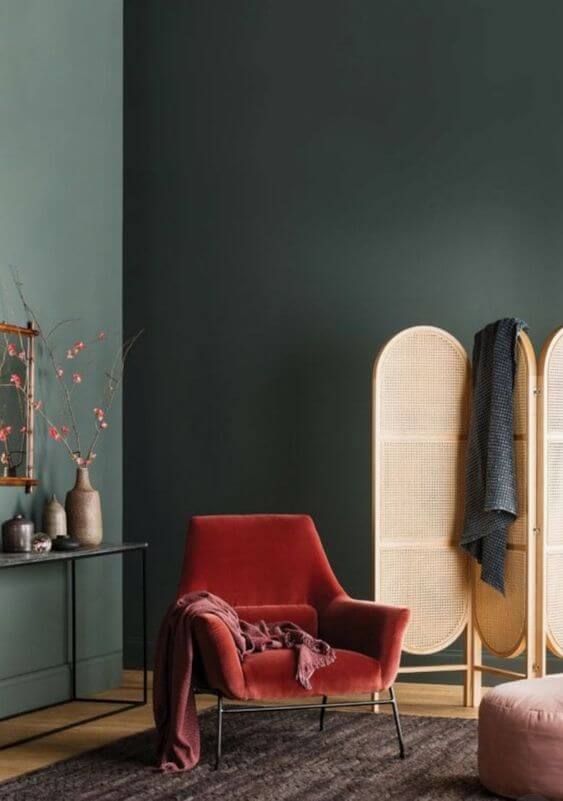
Given this, Japandi carries a series of robust characteristics. In addition to the mentioned details, the idea highlights simplicity – something very present in minimalism. In contrast, several fun details (hygge) are also responsible for creating an engaging, comfortable, and even rustic atmosphere. Too much, huh?
These steps include Japandi in your apartment
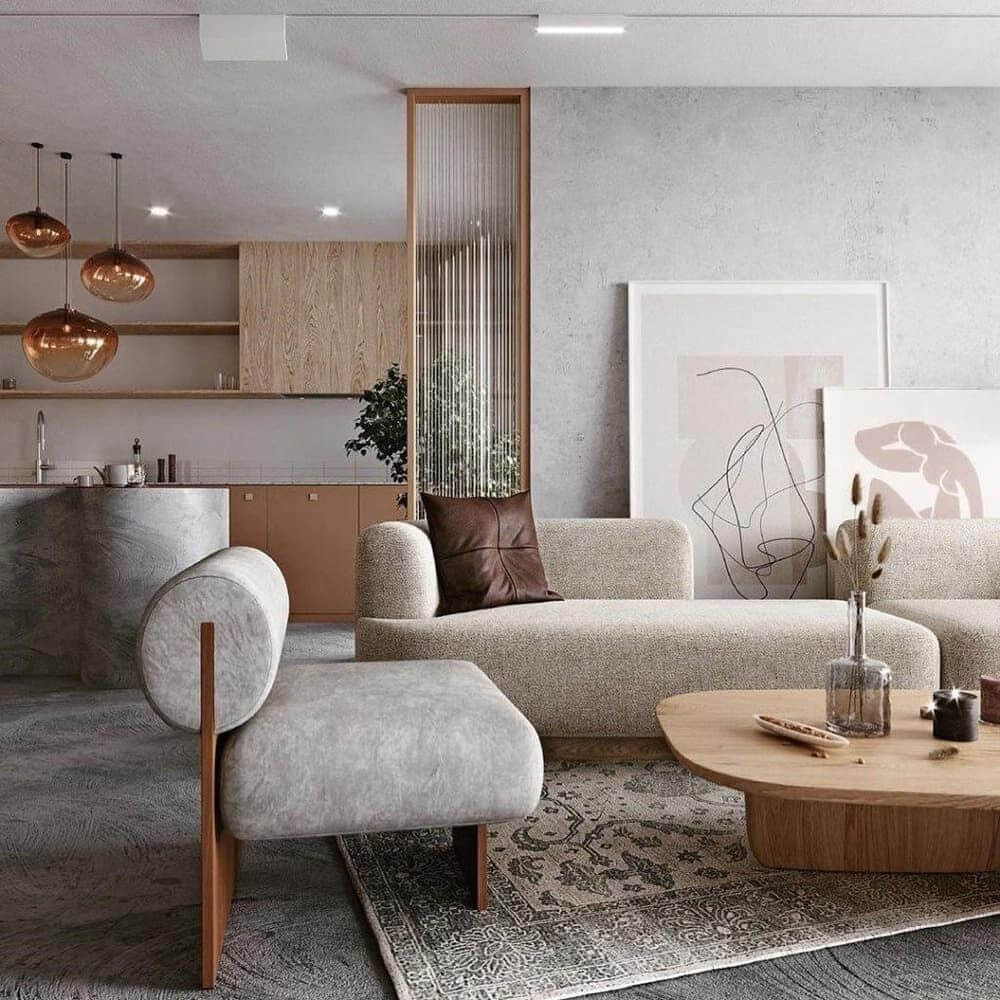
As soon as our first contact with the Japandi style, it’s hard not to fall in love and want to take it to our environments. For this, you will need to follow some simple but practical steps that will transform your space in no time. Let’s go?
Invest in natural elements
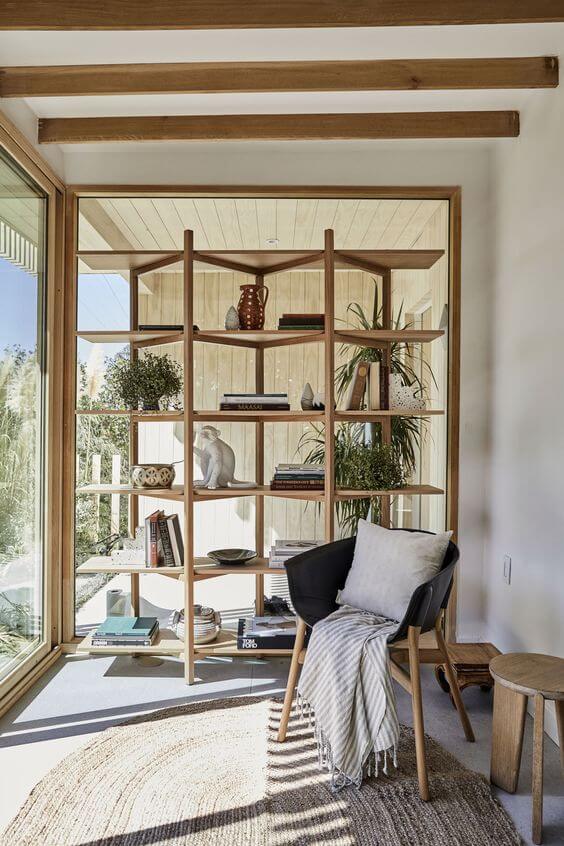
One of the topics that stand out in Japandi decoration concerns natural elements. Among them, we highlight wicker, rattan, bamboo, as well as ceramics, and leather.
But, among all of them, another one stands out: wood. The protagonist of this proposal can appear in light or darker tones. In the latter case, the best bets are pieces made from walnut or oak.
Still, it is worth paying attention to the fabrics at this stage. Cushions, blankets, and even sofa coverings need to come in natural fiber versions. It can be cotton, linen, or leather as a last resort. Knitting and wool is excellent for the smallest adornments, making the place feel light and cozy.
Choose the color palette by finger
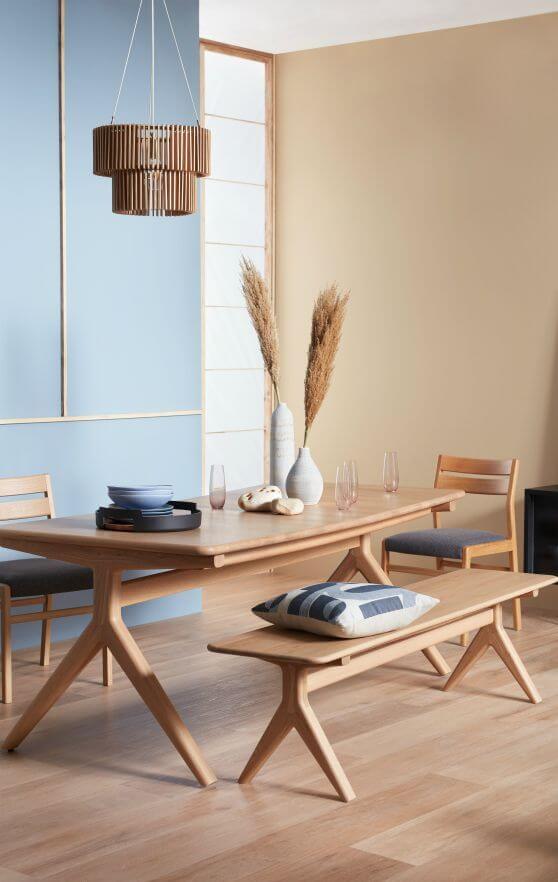
Colors play an essential role in a Japandi decor. And for that reason, they must be chosen very well. The concept generally brings a sober palette that harmonizes with light tones.
Thus, it is worth investing in a game of neutral and versatile tones, such as:
- The White;
- The beige;
- The gray;
- The off-white;
- The old rose.
In contrast, there are also striking colors common to the Japanese style, which bring more originality to a composition. Are they:
- The moss green;
- Royal blue;
- The black;
- The earth tones;
- The Red.
Craftsmanship cannot be lacking
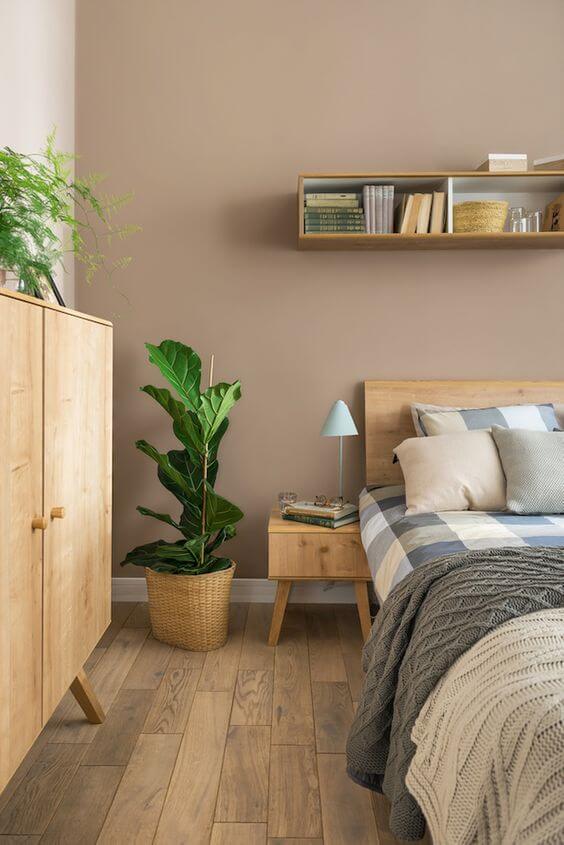
Another way to bring Japandi to your home is to bet on craftwork. In addition to valuing local production, this practice will make the environment more authentic and, in some cases, overflowing the feeling of warmth and well-being.
In the case of Japanese minimalism, one solution is to invest in pieces made of bamboo or ceramic. Paper lamps are also great outlets, even more so for those looking for a differentiated effect on the environment.
On the Scandinavian side, however, the secret is to start digging through antique shops searching for antique furniture. It is worth resorting to pieces with a rustic look, objects made of braided straw, or fabrics composed of various weaves.
Less is always more
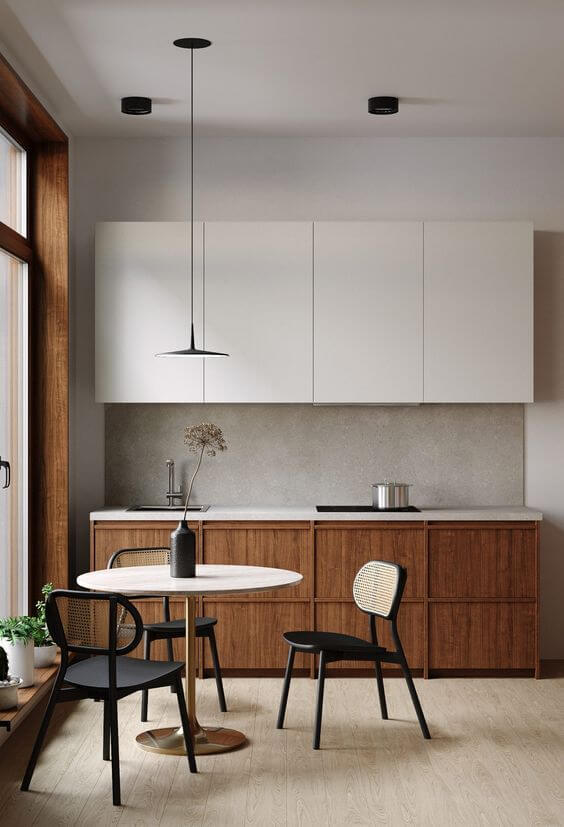
A detail that cannot be ignored during your ambiance project is that the Japandi concept reinforces the proposal to use only what we need in a room. In other words, we are talking about the good old “less is more.”
The cool part of it all? It is not at all hard to involve this idea in our homes. The trick is to opt for furniture made up of straight lines and simpler shapes. We also recommend that you clean the environments well and eliminate everything you consider excessive, in addition to the elements that contribute to visual pollution.
The focus is on keeping functionality, high and prioritizing a light atmosphere. On the other hand, and the result is not too simple or “dull,” it is interesting to invest in some objects that stand out.
Usually, this happens, when we choose a unique designer lamp, a striking floor vase, or even a work of art on the wall. Let the imagination flow!
Say it, reader: now that you know the Japandi style, are you ready to take this powerful trend to your apartment? We are confident the result will be fantastic.
However, if you want a flawless effect, remember always to consider the help of an architect in this type of setting. Your expectations will be met with a professional close by, and satisfaction will be guaranteed. And the Pocket Architect can help you with this proposal. Checkout!
If you enjoyed reading, take the opportunity to share the link on social media.
